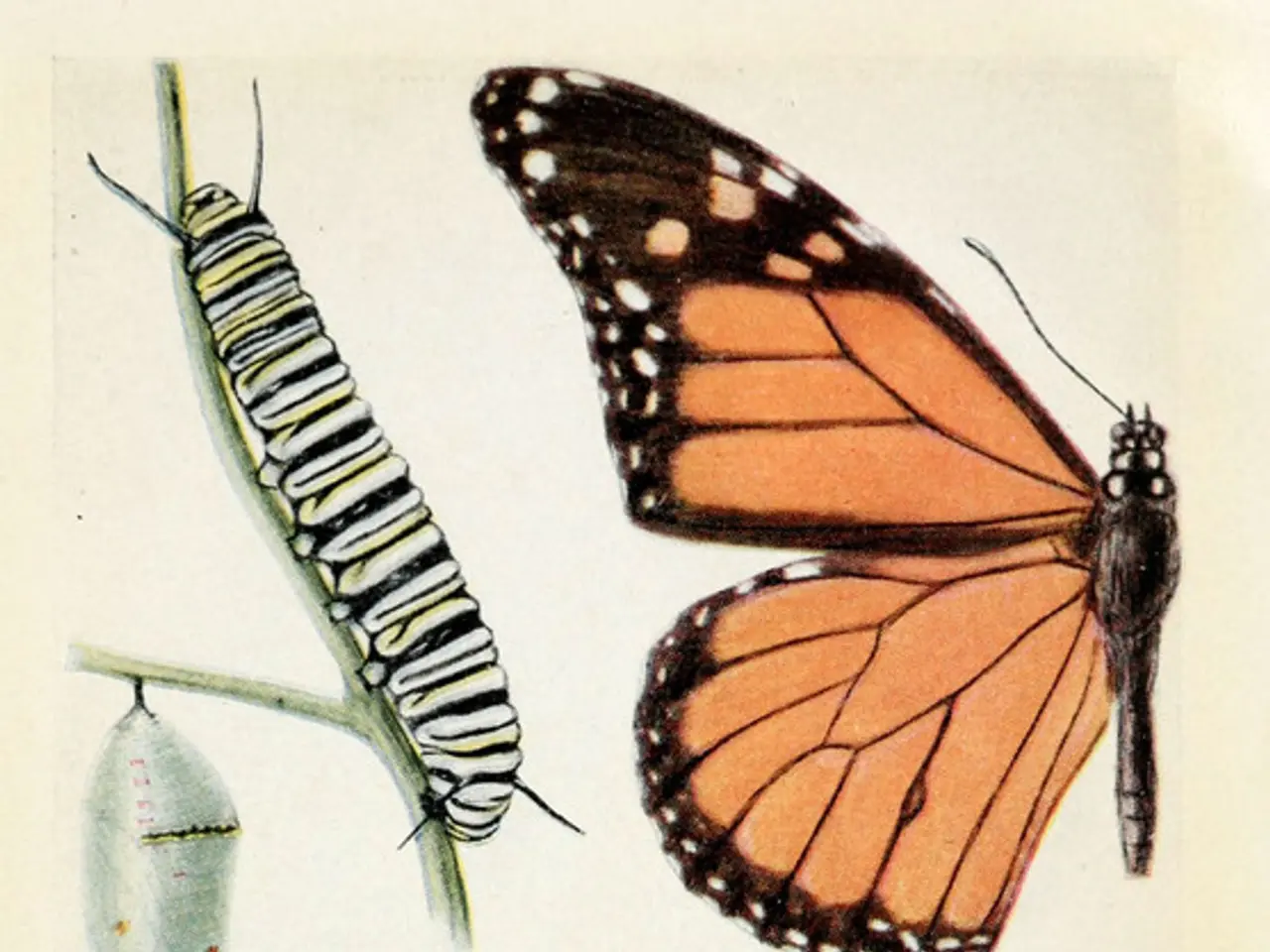Genetically Altered Silkworms in China Produce Silk More Durable Than Kevlar Material
In a groundbreaking development, scientists have genetically modified silkworms to produce silk fibers that surpass the strength of Kevlar, the material used in bulletproof vests and body armor. This breakthrough, which pushes the boundaries of biomaterial innovation, promises transformative benefits for various sectors, merging high strength with biodegradability and renewability.
China, with its long history of silk production dating back to ancient times, is at the forefront of this revolution. Scientists have ingeniously incorporated spider silk protein genes into the silkworms' DNA, generating spider silk within these humble creatures. This feat, achieved through hundreds of thousands of microinjections into fertilized silkworm eggs, has opened the door to a myriad of applications.
The newfound strength of genetically modified silk opens the door to the development of lightweight, yet highly effective, bulletproof clothing and armor. The fashion industry is also intrigued, investigating ways to incorporate this high-tech silk into high-end textiles, aiming to create durable and luxurious fabrics.
Beyond defense and fashion, the genetically modified silk's biocompatibility and strength have prompted its use in medical devices, wound dressings, and possibly vaccine delivery systems. It is also being considered for use in medical implants, such as artificial ligaments and tissue scaffolds. This could revolutionise the biomedical field, offering eco-friendly and biodegradable alternatives to synthetic materials.
However, balancing these advances with careful ethical oversight and environmental management will be critical as this technology develops. Genetic modification raises concerns about animal welfare and the ethics of manipulating animal genetics for industrial purposes. Intellectual property and access issues could also arise if this high-performance silk is patented, affecting economic equity and control over biomaterial resources.
Comparatively, bioengineered silk offers a renewable and biodegradable alternative to petroleum-based synthetic fibers like Kevlar, potentially reducing plastic pollution and fossil fuel usage. However, risks include potential ecological impacts if genetically modified silkworms escape into the wild, such as genetic contamination or disruption of local ecosystems. The sustainability of silk farming itself remains a factor to monitor as the technology scales.
In conclusion, genetically engineered silkworm silk stronger than Kevlar promises transformative benefits for multiple sectors, merging high strength with biodegradability and renewability. As this technology develops, striking a balance between these advances and careful ethical oversight and environmental management will be key.
- The development of genetically modified silk, which surpasses the strength of Kevlar, shows great potential for merging high strength with biodegradability and renewability in the field of environmental science.
- In the realms of health-and-wellness and fitness-and-exercise, genetic modification of silkworms could lead to the creation of biocompatible and strong medical implants and tissue scaffolds.
- Researchers in the field of science and technology are examining the use of bioengineered silk in various sectors, including biodiversity, as a renewable and biodegradable alternative to synthetic materials like Kevlar.
- Fashion and ecology are also closely watching this breakthrough as the innovative silk could be integrated into luxury fabrics and contribute to the sustainability of the fashion industry.
- As genetic modification moves forward, it's crucial to address ethical considerations in relation to animal welfare and the integrity of local ecosystems to ensure the long-term health and well-being of our environment.




